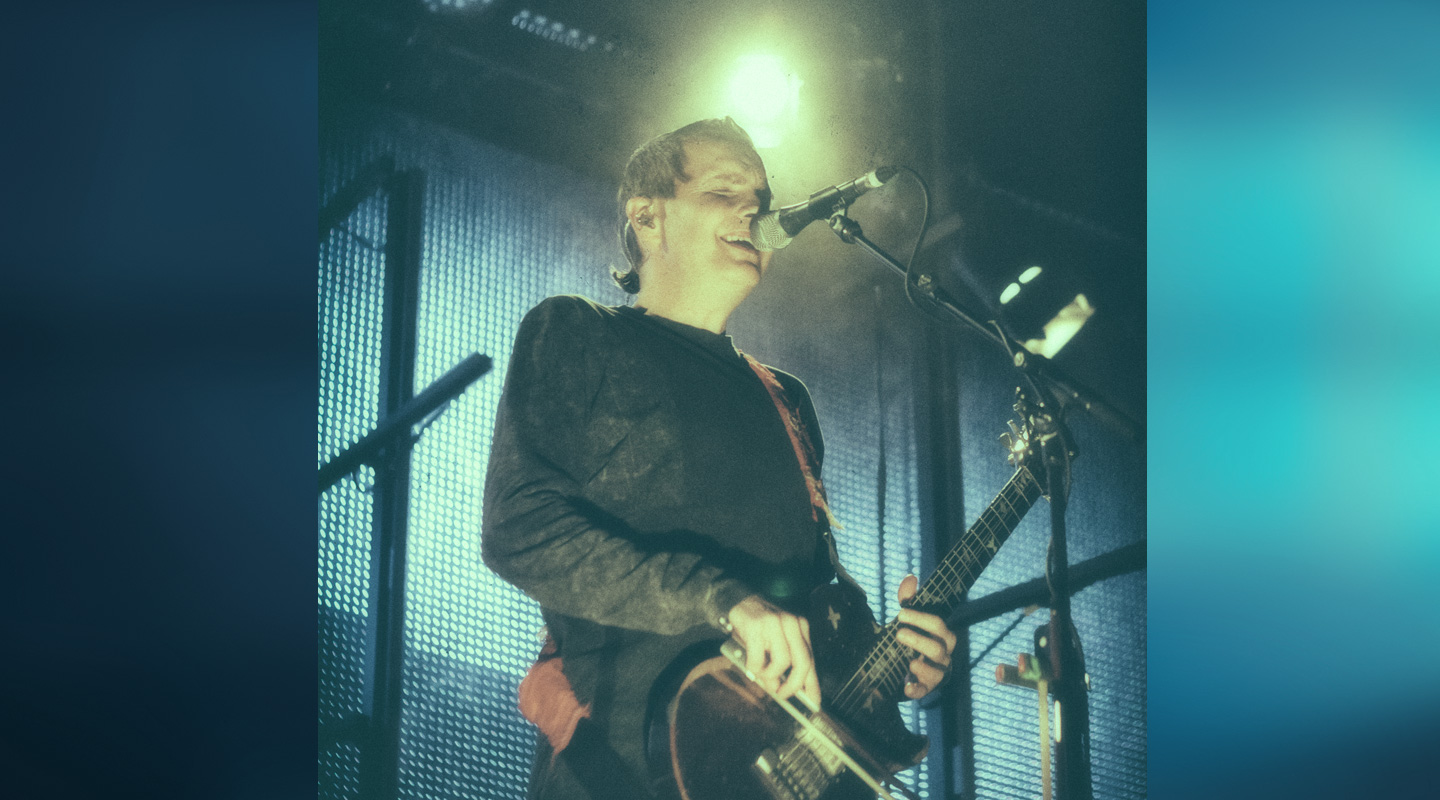
Sigur Ros Live
When Sigur Rós went down to a three-piece they decided to really strip it back — no horns, no saws, no strings, just Jonsi’s bow.
And then there were three.
When Kjartan Sveinsson left Sigur Rós in 2013, it seemed implausible that the band could go on as a three-piece without some reinforcements. Early on in their international touring days, the band brought fellow Icelanders Amiina along as a string section-come-random sound generator. The saw solos were a true highlight. Then they added The Horny Brasstards (Brassgat í bala in Icelandic) for the Takk… tour. Even with all the extra help, the keyboardist always looked like the floater in the band — pumping organs, clocking glocks, playing any guitar parts that don’t require a bow — doing anything and everything to fill the space around the bass, drums, vocals and Jonsi’s bowed guitar.
The band since released their seventh album Kveikur, which was noticeably heavier than even their industrial-sounding debut Von and longtime final number, Untitled 8 (Popplagio). Still, it sounded like Sigur Rós, with delicate arrangements laid amongst a bed of noise.
Onstage at Margaret Court Arena for the band’s Splendour in the Grass sideshow, there were two setups — bass, guitar, drums across the front, and a three-station keyboard riser at the rear. I immediately figured the band had pared the string and horn sections back to a laptop rig, but FOH engineer Ingvar Jónnson set me straight, “No there’s no extra players. They go up there and play the start of the second act. They also have two downstage keyboard positions, one for the drummer and a synth between the bass and guitar positions. Before this they had about 12 people on stage with them. I think they wanted to go back to their roots and try to do it themselves as a three-piece band with some playback.” It’s enough to do a highlights package, explained Jónnson.
Years ago, watching the band live at Hamer Hall, there were so many open mics you could hear the creak of the stage as Jonsi shuffled in place between songs. At Margaret Court, it was a completely different arrangement, with half the mics. “It’s cleaner,” agreed Jónnson. “Last time, next to the keyboard they had vibes, glockenspiels, harmonium and all kinds of stuff. About 20 mics on low-level instruments.
“It wasn’t really a problem though, because they were only all used on a handful of songs. I also thought about it like mic bleed; it’s almost part of the song. It’s unnatural if you start heavily muting stuff and switching between an open and closed state. If you use the leak and just make it part of the music, it’s not too much of a problem. It’s like when you do pop with a symphony orchestra. You have the pop loud and then 80 mics on the stage. You somehow have to make it work because it would be ridiculous if you start opening and closing them.”
It also helps that Jónsi has a good set of pipes on him, despite mostly delivering a sweet falsetto. “The music is really dynamic and he flows with it,” explained Jónsson. “On the loud parts, he is really loud. Some parts he sings really low, but there’s usually not much going on at the same time, so I don’t have to really raise him.”
The current show has about 45 inputs coming off stage, with a few extra channels for playback click tracks at the monitor position. The console package was all Midas, and the crew use two 24-channel Midas DL431 stage box splitters to have separate gain stages for FOH and monitors. “I’m a Midas guy,” said Jónsson. “I like the sound of Midas. How they make the preamps is better than other brands.
“The show is really dynamic. I would say the softest part would probably be about 85dB, and the loudest part could be peaking around 103-105dB. Some songs might have a really soft piano and it’s not tasteful to try and make that loud! It would sound silly.
“I’m not pushing the low parts up, I just let them be low and then when they play harder you really get the impact of more level and more expression. In general it’s not really a loud show, but in parts it’s rock ’n’ roll level loud.”
Jónsson used to run a Waves package, but abandoned it for the internal Midas processing and a couple of TC Electronics M3000 outboard reverbs; one for vocals and the other for drums. Likewise, his scene recalls are mostly there to get him in the ballpark and change reverb presets via MIDI. “It’s programmed for each song, but it’s mostly reverb changes, delay times, and fader positions for the beginnings to give me a fair start,” he said. “I’m not recalling mid-song and we’re not running time-codes.”
While he has compression on every channel, they’re often not very active. He also mostly just high passes and adds little bits of EQ. Likewise, the drum gates are only set to trigger at the level of the stage noise, everything else gets through. “They’re happy working on how they want to sound and I think it’s not my position to change that,” said Jónsson. “I’d rather try to capture the sound and feeling they’re creating and expand it to others without messing with it too much. Not adding my personal taste and flavour into it.” Really, said Jónsson, the Sigur Rós show is all about “reverb, reverb, reverb and then more reverb.”









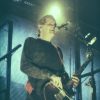


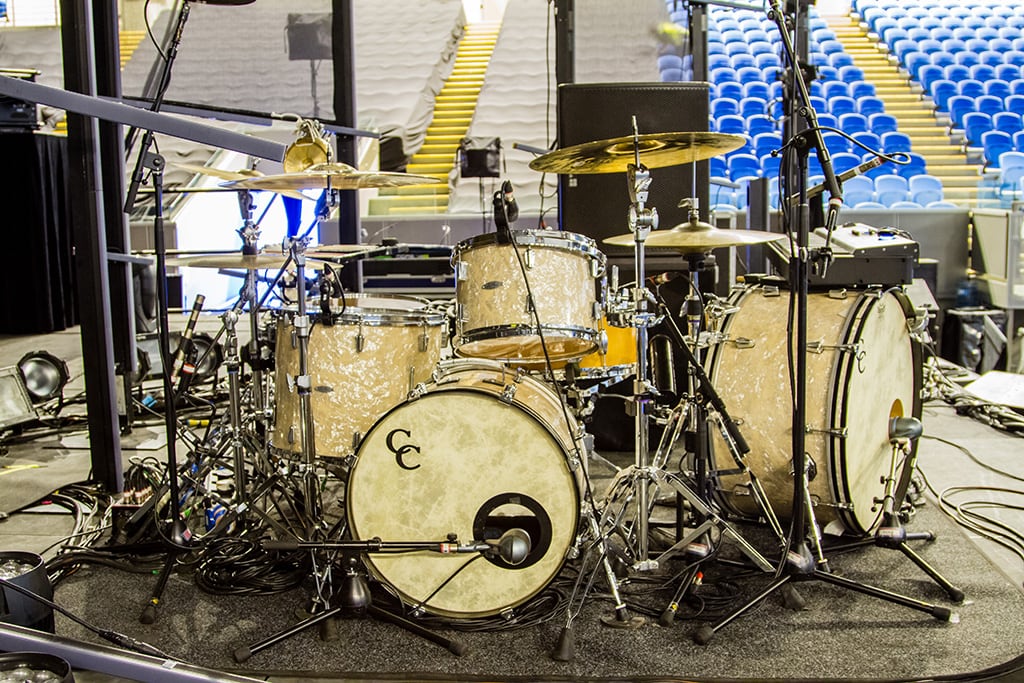
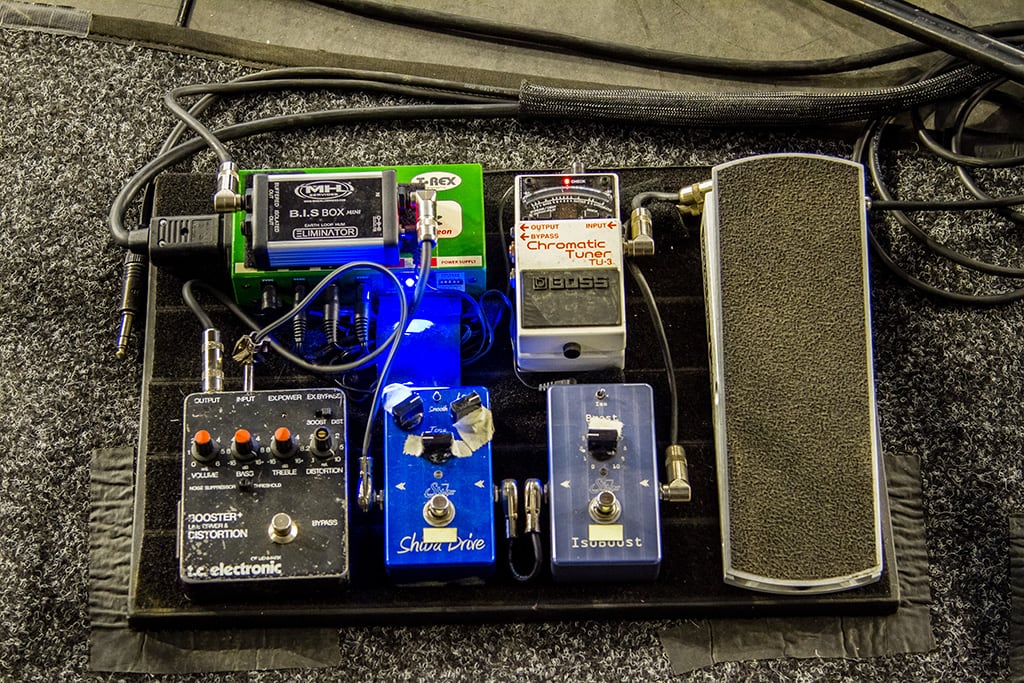
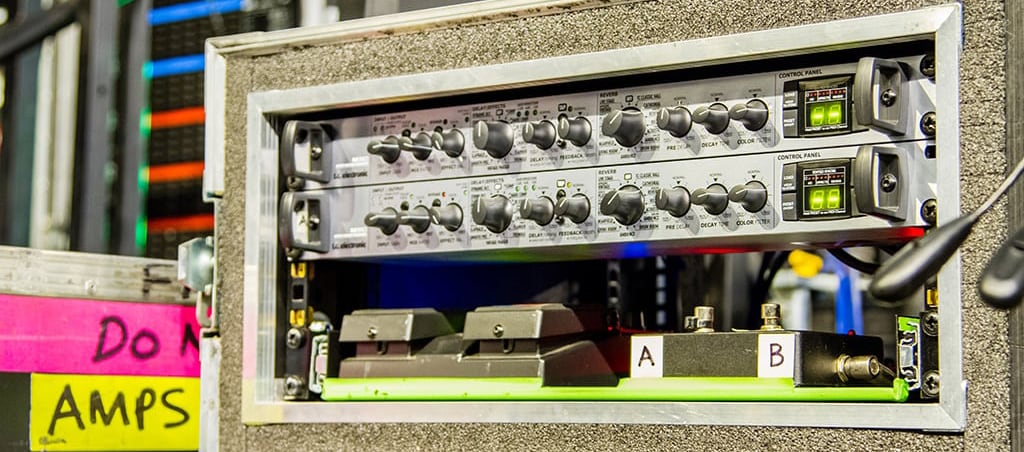
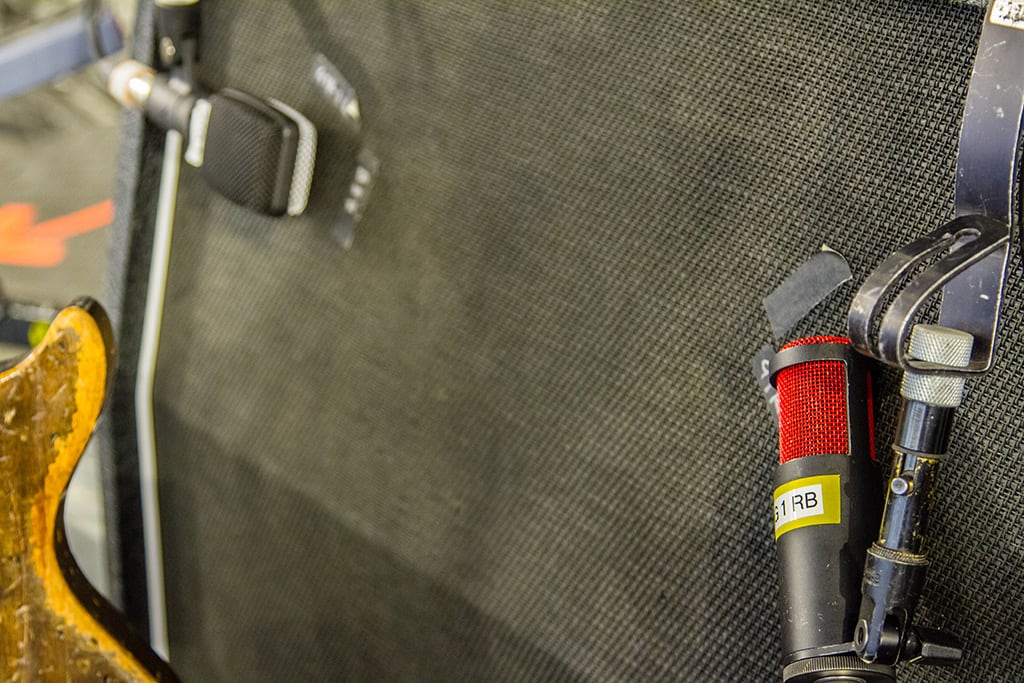
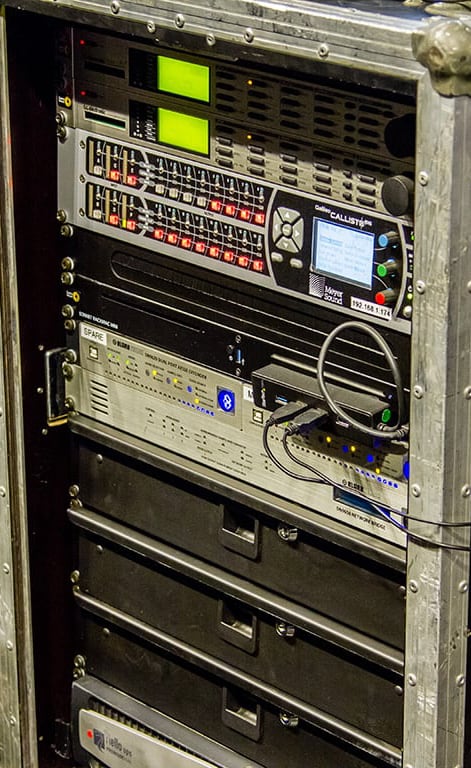
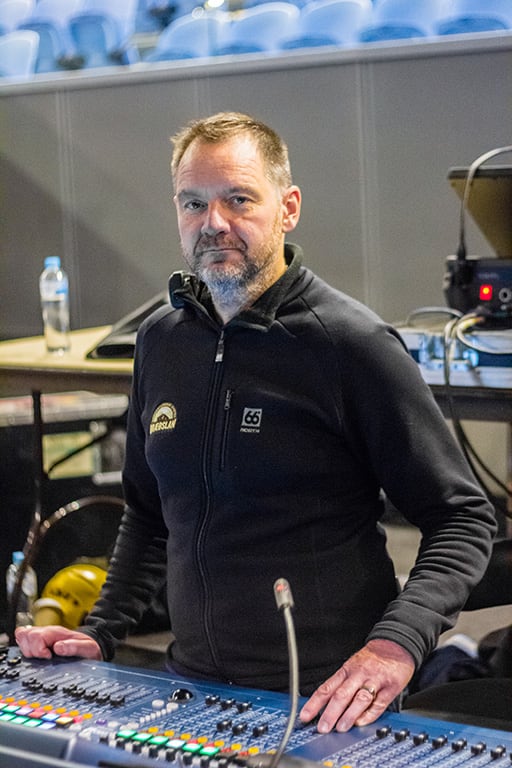
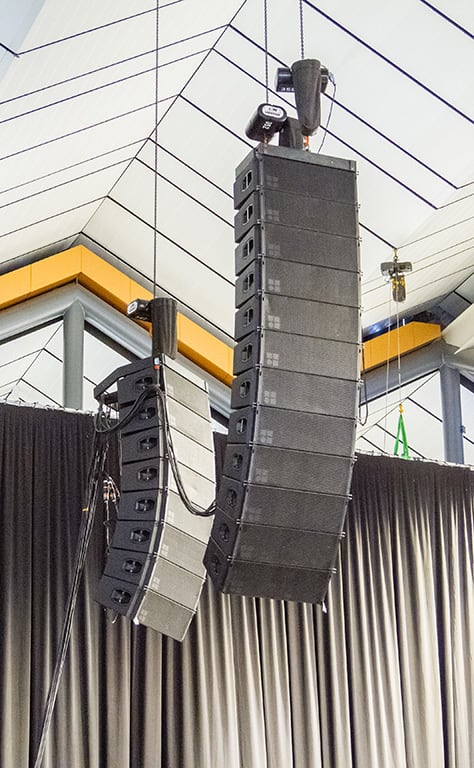




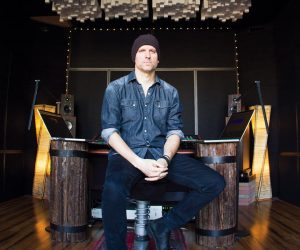

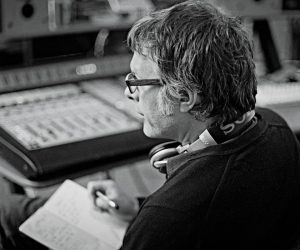

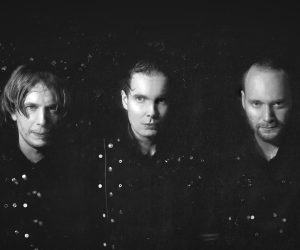





RESPONSES